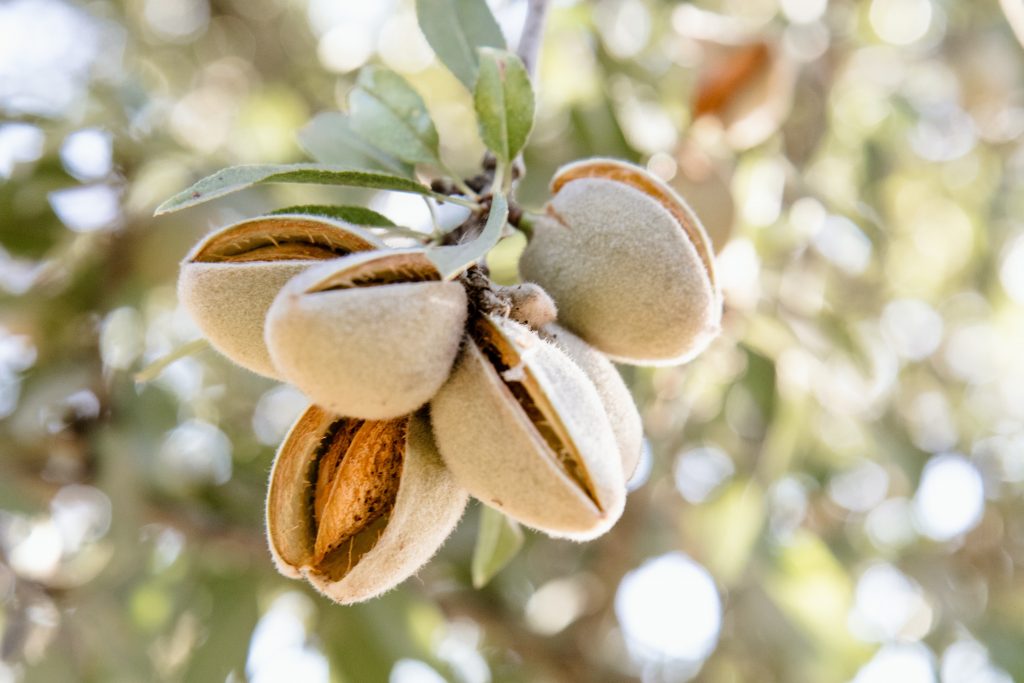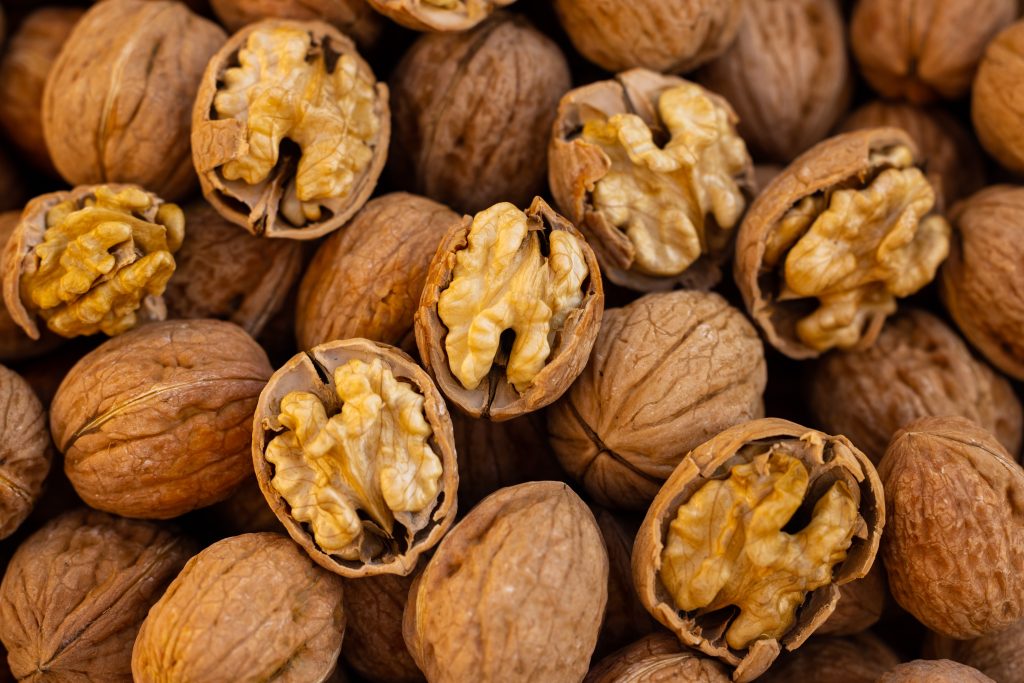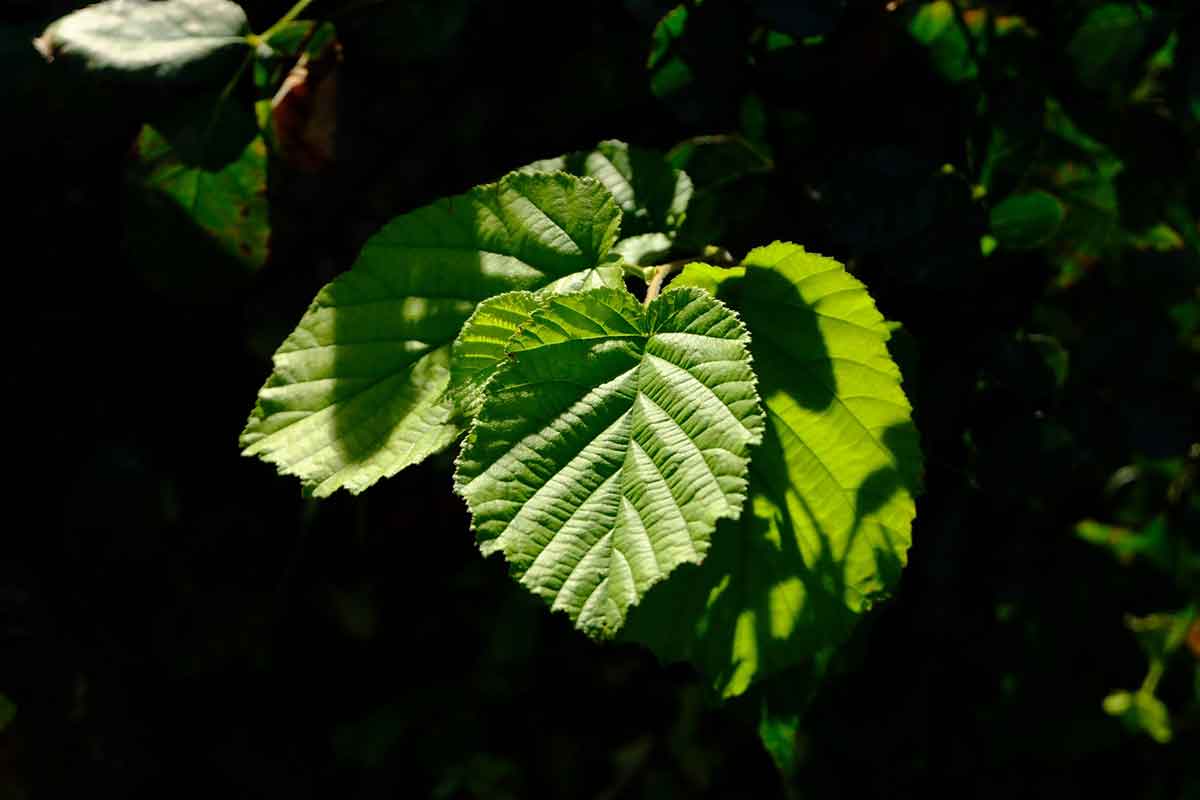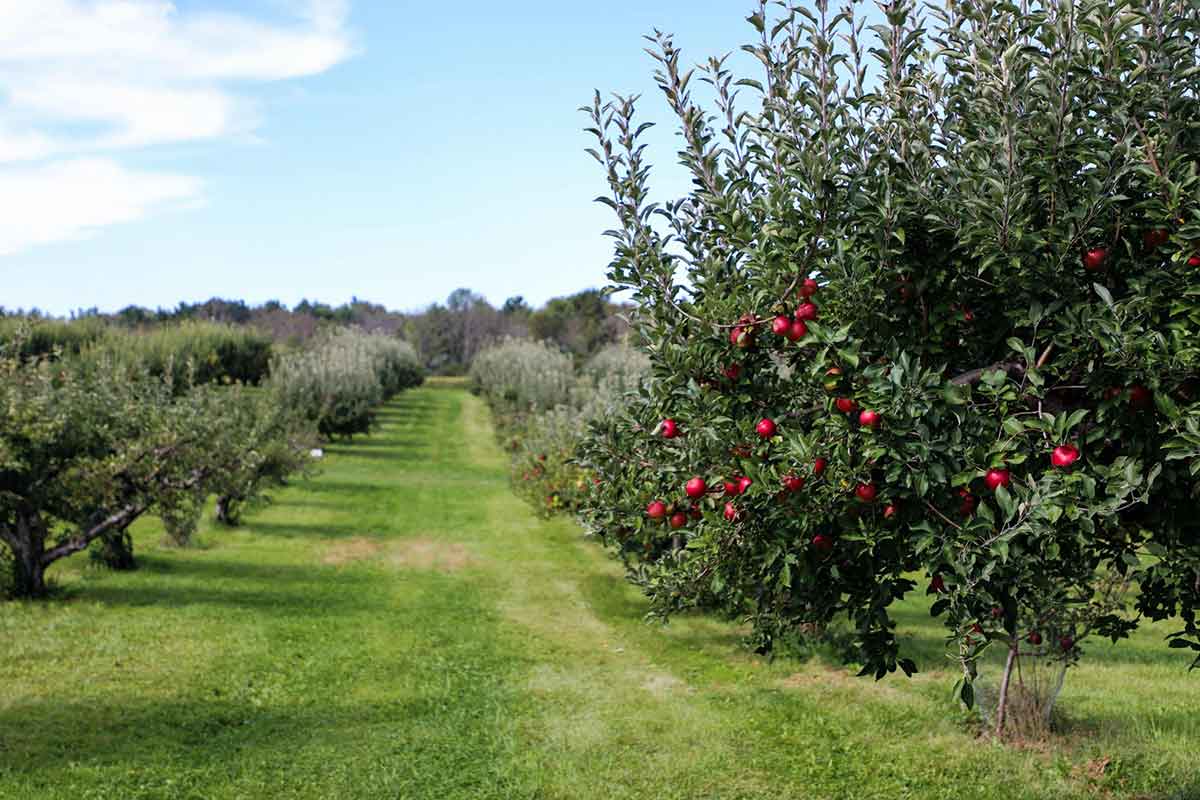According to articles in The Guardian and Fruit & Vine, nuts are growing in popularity as a British crop. The demand for locally and ecologically grown nuts is on the rise, thanks to their health benefits and being a good component for meat alternatives. But how easy are they to grow and keep in British soil?

Starting Out
As with any crop, planning is key. Grow Your Own has a relatively comprehensive guide to growing nuts, namely cobnuts (domesticated hazelnuts), walnuts, almonds and sweet chestnuts. Tom Tame, who runs a successful walnut farm in Warwickshire, advises considering what your end product will be, how you want to harvest your crop (manually or mechanically), and whether you would like to press for oil.
According to Grow Your Own, there is a nut for almost any type of land. Hazels will cope with most conditions, as long as they have well-drained soil, and can be easily grown on small plots of land. These trees will be happy in full sun or partial shade. Walnuts are a little more fussy, as they also like well-drained soil, which also retains moisture, such as a loam-based soil. Walnuts will also need a more sheltered area, away from frost pockets. Chestnuts need acidic soil, preferably sandy, and plenty of space in an area not prone to late frosts, so they can flourish into large trees. Almonds need plenty of sun and well-composted soil, meaning that they grow well trained into a fan shape, similar to peaches.
An attachment like the Fleming Aerator, or a William Hackett Harrow could be ideal for preparing the soil, as they will aerate the soil which leads to better drainage. Mr Tame recommends planting grafted cultivars rather than seedlings, as the latter is unlikely to produce a viable crop. Our previous blog, Plant a Tree This Winter gives a good guide on planting trees with healthy trees in mind.

Taking Care of Business
Nut trees require a lot less maintenance than a lot of other crops, according to Guy Singh-Watson of Riverford Farm in an interview with The Guardian. He has found that the hazels and walnuts on his property in south Devon thrive without much intervention, even in the long dry summers the UK has had in recent years. His trees have successfully hosted grazing cows among them, and he is now planning to plant kale between the trees. This extra diversity is fantastic for the environment, and for the pocket!
Grow Your Own recommends watering young plants well during the first couple of years, and protecting the roots from weeds and frost with mulch. Grass clippings from a flail mower, such as a Winton or FTS flail, can be used, though wood chips, like those from a Winton Wood Chipper are ideal. Organic matter should be kept away from the trunk to prevent rotting.
Different nuts have different uses, and will be ready for these uses at different times. Cobnuts and hazels are ready to harvest when the shell turns brown. Then they can be eaten fresh, dried or pressed for oil. Walnuts can be harvested for pickling in late June, but otherwise will be ready at the end of September, when they can be consumed in largely the same way as cobnuts, after peeling off the soft outer husk. Sweet chestnuts will fall from the tree when ripe, usually in September, when they can be dried or eaten fresh. They are famously good cooked in butter! Almonds can be shaken from their trees when they ripen at the end of the summer. As with walnuts, the outer husk will need to be removed, then they can be dried, roasted, or eaten raw. Hazels and almonds have become popular for plant-based milk, but this is a possibility for all four nuts. The nuts are soaked overnight in water and then blended for homemade nut milk.
Thanks to their newfound popularity in the plant-based industry, as well as being relatively easy and low-maintenance to grow, nuts could become the new British cash crop. With their added environmental benefits, those carving out a niche in nut farming could be on to a winner.








